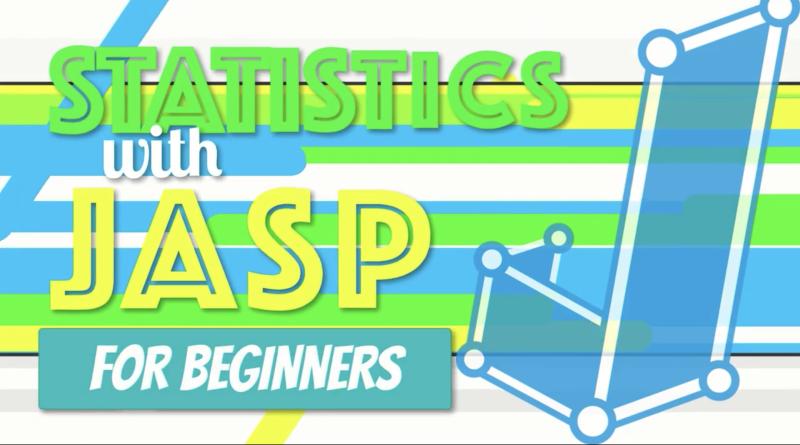Video: One Sample and Paired-Samples t-test (SPSS for Beginners)
Video (6:02) from Research by Design and Dr. Todd Daniel, described as follows, “When we calculate the mean of a sample, we can then use a one-sample t test to compare that sample mean to another mean, such as a mean from a population, a normative group, or another known value (mean). The “one sample” […]
Video: One Sample and Paired-Samples t-test (SPSS for Beginners) Read More »





